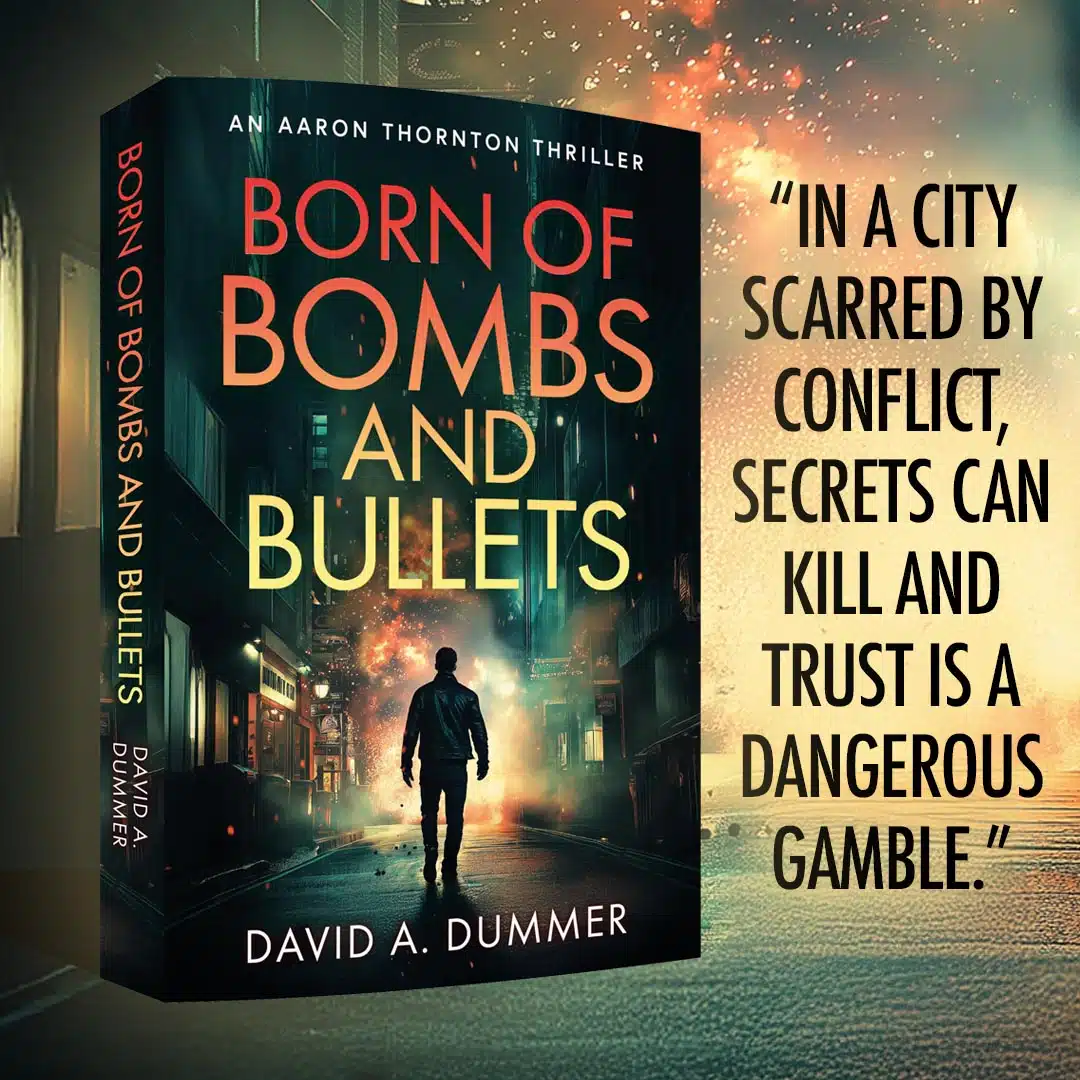Spain is a place I’ve returned to many times— and a visit to Zaragoza during the Festival of Pilar was an exciting one.
Fiestas del Pilar
The country’s abundance of festivals is a big part of its appeal. One of my favorites is the Fiestas del Pilar, held every October in Zaragoza to honor the riverside city’s patron saint. (Another favorite is the Feria de San Fermin, better known as Pamplona’s running of the bulls.) The week-long celebration in Zaragoza features the music, parades, and food stalls common to most Spanish festivals. But it comes with a couple of interesting variations.
Mass Floral Offering
Perhaps unique to Zaragoza’s Festival of Pilar is the mass floral offering, compiled on an enormous, metal platform shaped like a full-scale pyramid. You’ll find it in the square adjacent to the Basilica of Our Lady of Pilar. It doesn’t sound all that interesting, but it’s an unusual, 400-year old rite.
Centuries-Old Traditions
People of all ages from across Spain dress in the traditional style of their respective regions. Then they line up for dozens of blocks to leave their floral offerings at the square. Workers arrange the tributes in an ever-growing display that eventually reaches a couple of stories tall. It all takes place on October 12, and the offerings continue non-stop throughout the day.
The people-watching is phenomenal, and the food and drink are abundant. Often that’s enough to hold my interest. But the highlight of this visit was an unexpected twist on another centuries-old Spanish tradition.
National Bull Jumping Championship
Bullfighting is a common feature of many Spanish festivals. But the Fiestas del Pilar distinguishes itself with the non-violent Campeonato Nacional de Recortadores, or National Bull Jumping Championship. (Some people translate it as bull leaping. Tomato, tomahto.) In bull jumping, or recorte, competitors try to outdo each other’s displays of bravery, athleticism, and showmanship with a fighting bull in a standard bullring. The bulls are not hurt.
Bull Jumping in Zaragoza
I saw the event advertised on a poster and decided to check it out. (Explorative travel— remember?!) I’ve never witnessed anything like it. The nearest American equivalent would be a rodeo, but even that doesn’t come close. Recorte is all about being as close to the charging bull as possible without getting gored while performing last-minute flips, vaults, and somersaults over the animal to score points. Too easy!
Thrilling Acrobatics
Some recortadores kneel in the ring and rely on hand gestures to divert the bull at the last possible second. Others lay their life on the line while executing impossibly precise— and thrilling— acrobatics. To avoid injury, the jumpers must skillfully assess and predict the animal’s movements. You have to wonder about the sanity of a recortador (or anyone else who would square off with a bull).
Popularity
The campeonato I attended in Zaragoza was a sold-out affair. It featured regional champions from throughout Spain and appeared on live television. I suppose it says something about me and the thousands of other spectators who watched the event. After all, serious injury or death was just one misstep away. But the tension and excitement were exhilarating, and the jumpers’ skills were impressive. I’d go back in a heartbeat.
Locate a Recorte
Recortes are not exclusive to Zaragoza or the Festival of Pilar. If you’re elsewhere in Spain and want to see one, check the schedule for the local bullring. Look for recortes or recortadores in the listing. But don’t confuse them with rejones and rejoneadores— they refer to bullfights for which the matador is on horseback. I’ll tackle the controversial issue of traditional Spanish bullfights in a later post.
For more information about Zaragoza or to plan a visit, click here. And since you’re already in that part of the world, check out the best things to do in Madrid or consider an easy day trip to Morocco from Spain.
Affiliate Advertising: If you use these links to buy something, I may earn a commission at no additional cost to you.







